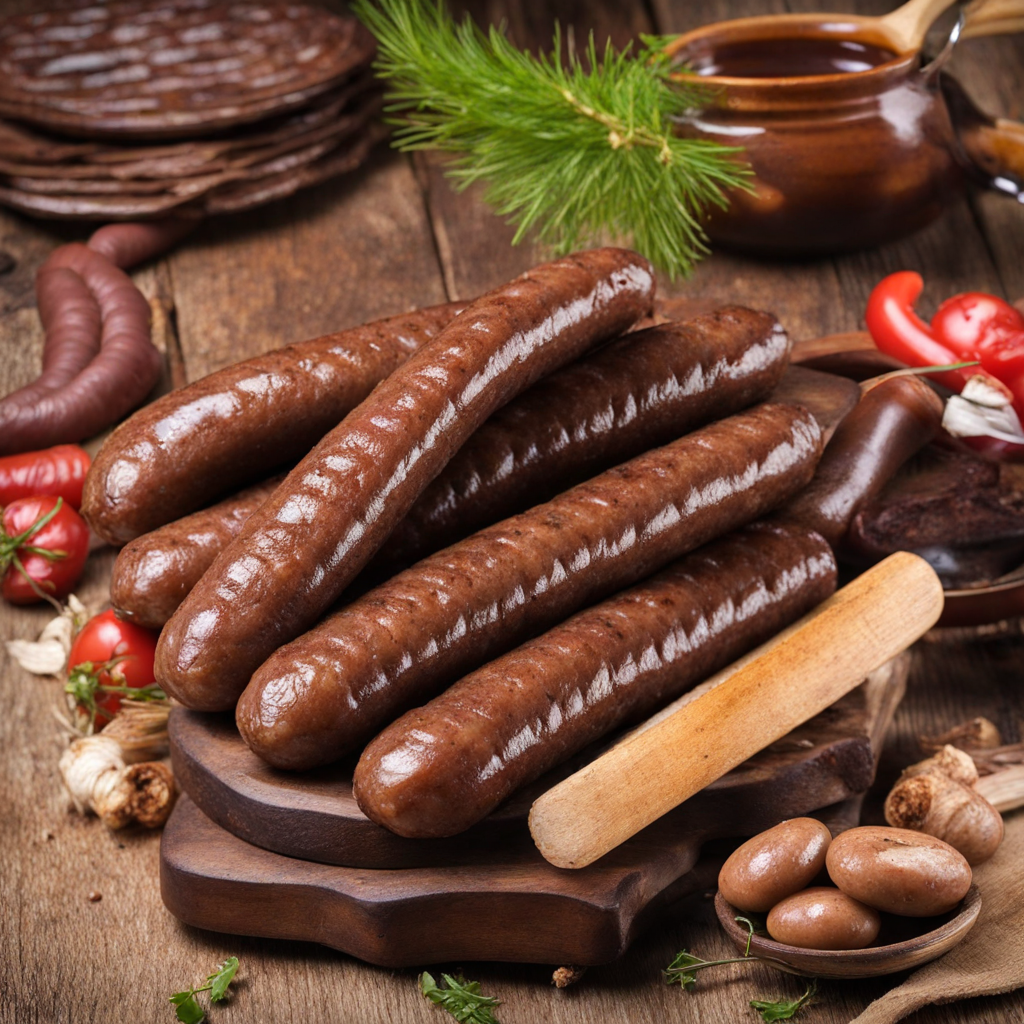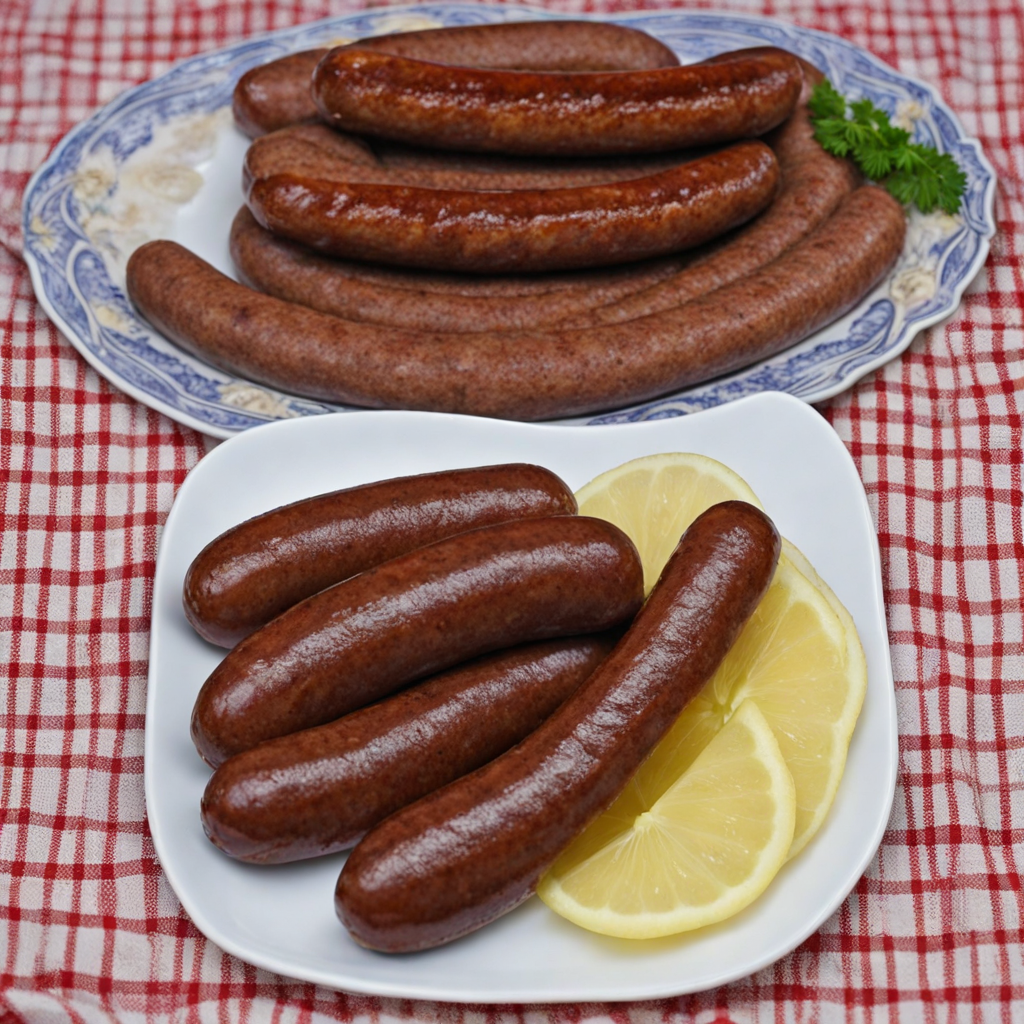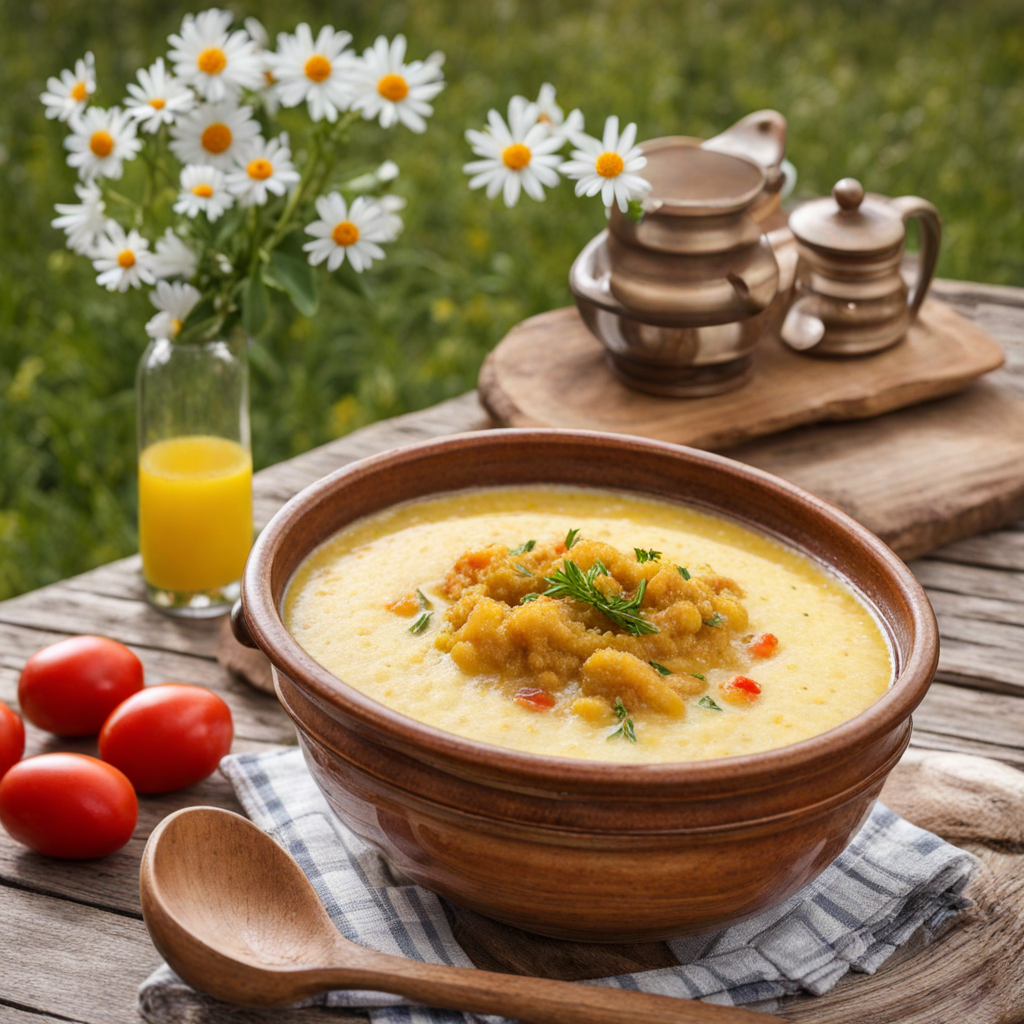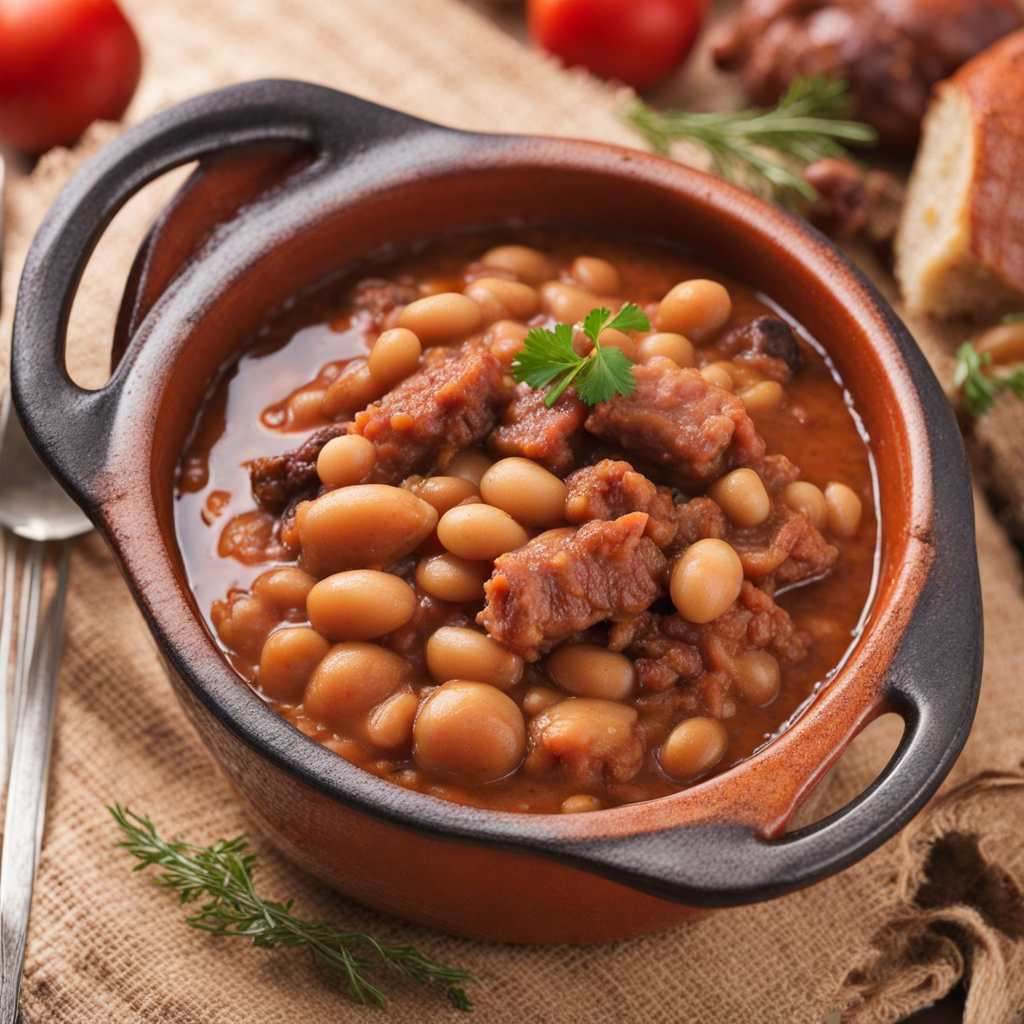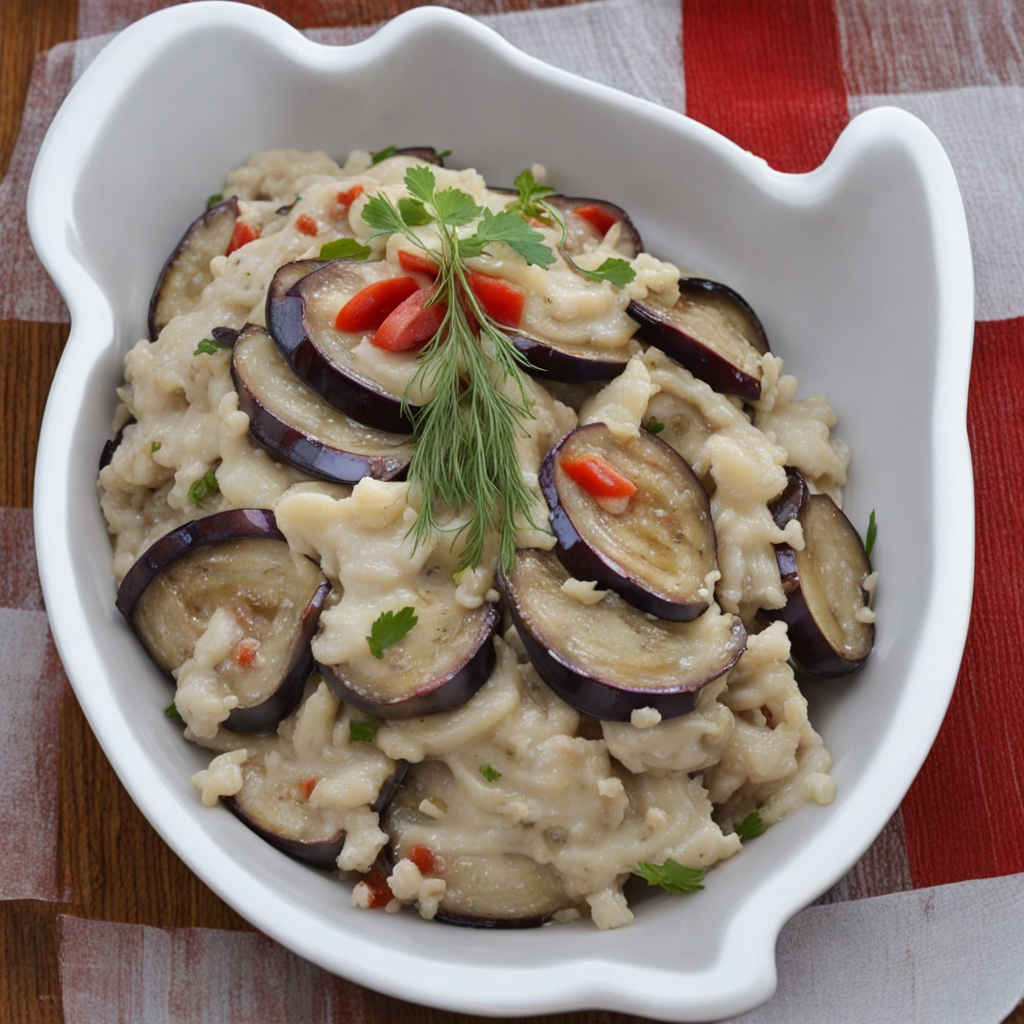Liver Sausage
Liver sausage, known as "cârnați de ficat" in Romania, is a rich and savory delicacy that showcases the country's love for hearty, flavorful foods. This spreadable sausage is made primarily from a blend of pork liver, spices, and various meats, creating a smooth texture that melts in your mouth. The seasoning typically includes onions, garlic, and a mix of traditional Romanian spices, which enhance the natural flavors of the liver and give it a distinctive taste. Often, it is encased in natural casings, giving it a rustic appearance that reflects its artisanal roots.
How It Became This Dish
The Rich History of Cârnați de Ficât: Romania's Liver Sausage Origins of Cârnați de Ficât Cârnați de ficat, or liver sausages, are a cherished delicacy in Romanian cuisine, with roots that trace back to the country's agrarian lifestyle and the need for resourcefulness in food preparation. The word "cârnați" refers to sausages in general, derived from the Latin "carnācem," meaning "meat." While sausages have been part of various cultures across Europe, the Romanian version, particularly the liver sausage, reflects a unique blend of local agricultural practices and historical influences. Historically, the use of animal organs, such as liver, was a common practice in many rural communities, where nothing went to waste. The preparation of liver sausages was a practical solution to utilize the whole animal after a slaughter, particularly during the autumn months when pigs were traditionally butchered. This practice was not only a means of sustenance but also a way to preserve meat for the colder months, as sausages could be cured and stored for longer periods. Cultural Significance Cârnați de ficat holds a place of honor in Romanian culinary traditions, often associated with family gatherings, festive occasions, and local fairs. The preparation of these sausages is typically a communal affair, bringing families and neighbors together. It is common to see the production of cârnați de ficat as a part of the "tăierea porcului" tradition, where families gather to slaughter pigs and prepare various pork products, including lard, ham, and sausages. During holidays such as Christmas and Easter, cârnați de ficat make an appearance on tables across Romania, symbolizing abundance and celebration. They are often served alongside polenta, pickles, and various Romanian breads, highlighting the importance of local ingredients and traditional cooking methods. The dish embodies the spirit of Romanian hospitality, as serving homemade cârnați de ficat to guests is a sign of respect and generosity. Ingredients and Preparation The traditional recipe for cârnați de ficat includes minced pork liver, pork fat, and a blend of spices such as salt, pepper, and thyme. Some variations may include additional ingredients, such as onions, garlic, and various herbs, contributing to the sausage's rich flavor profile. The liver is often mixed with other cuts of pork to achieve the desired texture and taste. The preparation process is labor-intensive, requiring skill and patience. After the liver is cleaned and minced, it is combined with the other ingredients and stuffed into natural casings made from pig intestines. The sausages are then tied off and may be smoked or cooked to enhance their flavor and preserve them for later consumption. This practice of smoking not only adds depth to the taste but also serves as a preservation method, allowing the sausages to be stored without refrigeration. Development Over Time As Romania underwent various historical changes—from the Ottoman Empire to Austro-Hungarian rule—culinary practices also evolved. The influence of neighboring cultures can be seen in the preparation of cârnați de ficat. During the Ottoman period, for instance, the introduction of spices and techniques from the East enriched Romanian cuisine. This cross-cultural exchange contributed to the complexity of flavors found in modern cârnați de ficat. In the 20th century, with the advent of industrialization and modernization, the production of cârnați de ficat began to shift. While traditional methods are still cherished in rural areas, urbanization led to the mass production of sausages. This change brought about a wide variety of commercially available options, often lacking the artisanal quality of homemade versions. Nevertheless, many Romanians continue to uphold the tradition of making cârnați de ficat at home, especially during festive seasons. Regional Variations Romania's diverse geography and cultural influences have given rise to regional variations of cârnați de ficat. In Transylvania, for example, the sausages might be seasoned with more garlic and smoked to a greater extent, while in Moldavia, they may include local herbs and spices unique to the region. These variations reflect the local agricultural products and culinary preferences, showcasing the rich tapestry of Romanian gastronomy. Modern Day Revival and Global Recognition In recent years, there has been a resurgence of interest in traditional Romanian foods, including cârnați de ficat. This revival is largely driven by a desire to preserve cultural heritage and promote local ingredients. Farmers' markets and food festivals have emerged as platforms for artisans and home cooks to showcase their products, including homemade cârnați de ficat. This movement has not only rekindled interest in traditional recipes but has also encouraged a new generation to learn the art of sausage-making. Additionally, Romania's culinary offerings are gaining recognition on the global stage. As international interest in Eastern European cuisine grows, dishes like cârnați de ficat are being introduced to new audiences. Chefs and food enthusiasts from around the world are exploring Romanian flavors, leading to a greater appreciation for the country's culinary heritage. Conclusion Cârnați de ficat is more than just a dish; it is a representation of Romanian culture, history, and resourcefulness. From its humble origins as a means of utilizing every part of the pig to its status as a beloved festive food, this liver sausage is a testament to the enduring values of community, tradition, and sustainability. As Romania continues to evolve, cârnați de ficat remains a cherished link to the past, connecting generations through shared culinary practices and the love of good food. Whether enjoyed at a family gathering or featured at a local festival, cârnați de ficat encapsulates the essence of Romanian hospitality and the richness of its culinary landscape.
You may like
Discover local flavors from Romania


